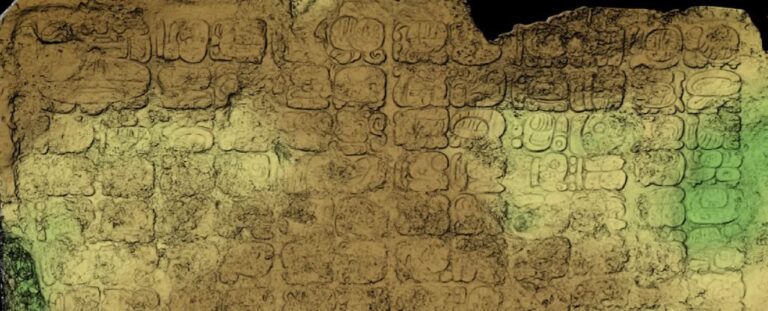Fabio Picasso
Justified & Ancient
- Joined
- Mar 31, 2024
- Messages
- 1,329
- Location
- Buenos Aires, Argentina
The Creation and Sacrifice of Witches in Classic Maya Society.
Overview:
Worldwide, witch persecution occurs in times of trouble including untimely deaths, drought, floods, famine, and disease (e.g., Bacigalupo, 2005; Krug et al., 2002; Sanders, 2003). Supplications are made to no avail. It is not the fault of gods or ancestors; consequently, there is no other way to explain the disastrous events other than to blame mortals (Evans-Pritchard, 1979). Someone has brought misfortune to the community, and they must pay, often violently. Witches, whether or not the term exists in any given society, can be defined as people who are blamed and punished for perceived or real problems by community census. We explore this phenomenon in ancient Maya society after a brief discussion of witches and their treatment cross-culturally.

Overview:
Worldwide, witch persecution occurs in times of trouble including untimely deaths, drought, floods, famine, and disease (e.g., Bacigalupo, 2005; Krug et al., 2002; Sanders, 2003). Supplications are made to no avail. It is not the fault of gods or ancestors; consequently, there is no other way to explain the disastrous events other than to blame mortals (Evans-Pritchard, 1979). Someone has brought misfortune to the community, and they must pay, often violently. Witches, whether or not the term exists in any given society, can be defined as people who are blamed and punished for perceived or real problems by community census. We explore this phenomenon in ancient Maya society after a brief discussion of witches and their treatment cross-culturally.
Source: Lucero, L.J., Gibbs, S.A. (2007). The Creation and Sacrifice of Witches in Classic Maya Society. In: Tiesler, V., Cucina, A. (eds) New Perspectives on Human Sacrifice and Ritual Body Treatments in Ancient Maya Society. Interdisciplinary Contributions to Archaeology. Springer, New York, NY



